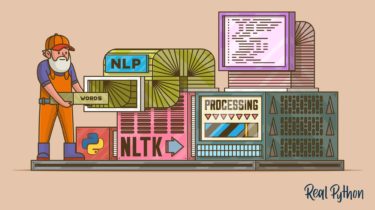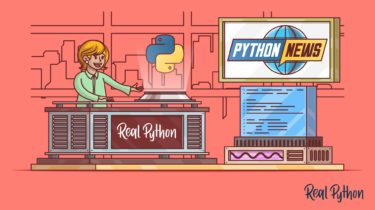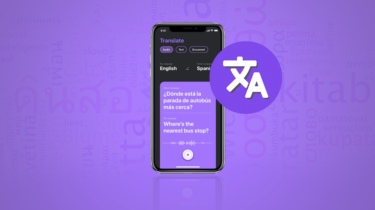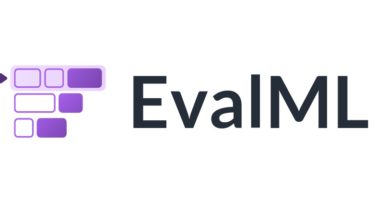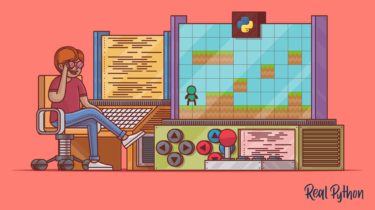Natural Language Processing With Python’s NLTK Package
Natural language processing (NLP) is a field that focuses on making natural human language usable by computer programs. NLTK, or Natural Language Toolkit, is a Python package that you can use for NLP. A lot of the data that you could be analyzing is unstructured data and contains human-readable text. Before you can analyze that data programmatically, you first need to preprocess it. In this tutorial, you’ll take your first look at the kinds of text preprocessing tasks you can […]
Read more